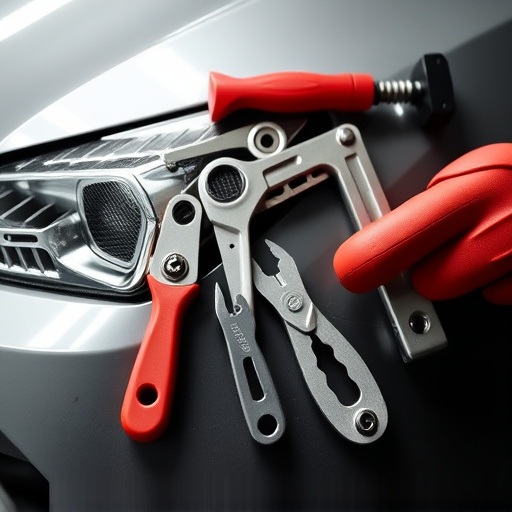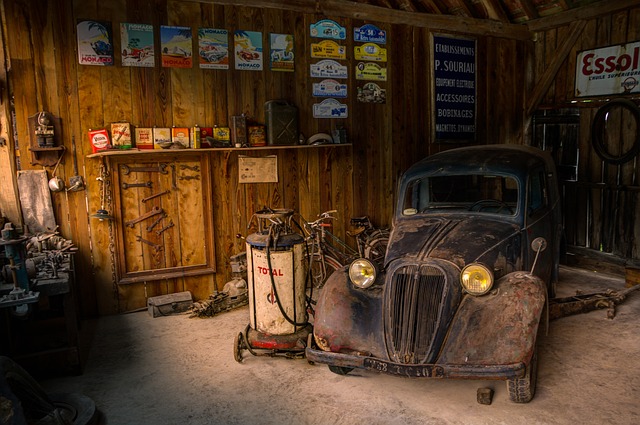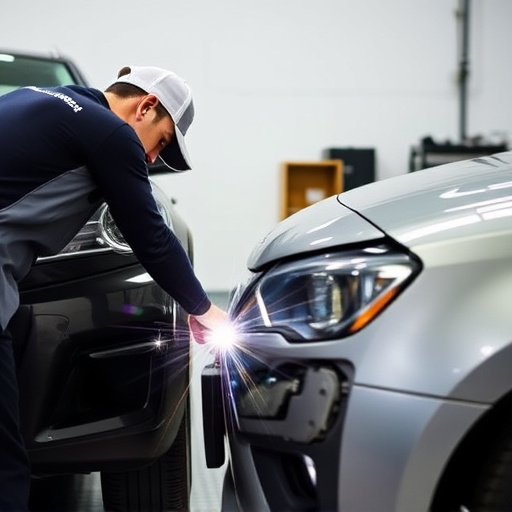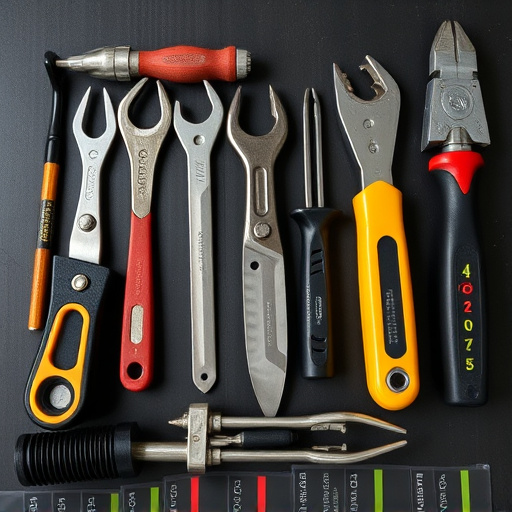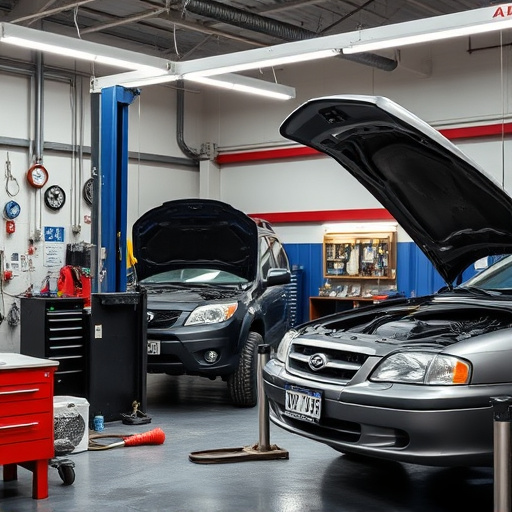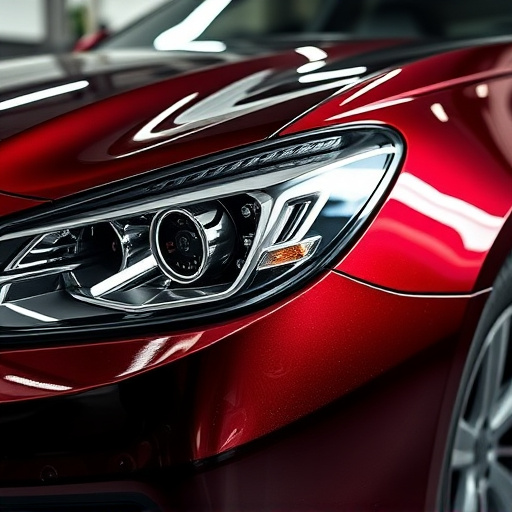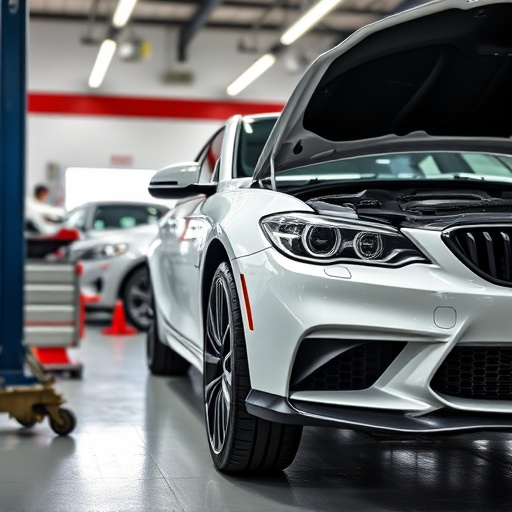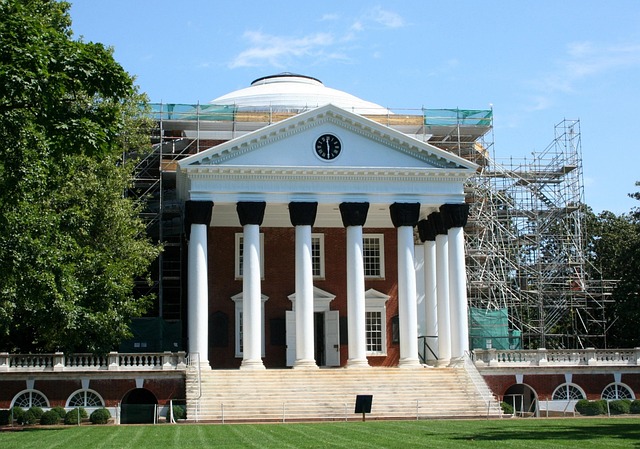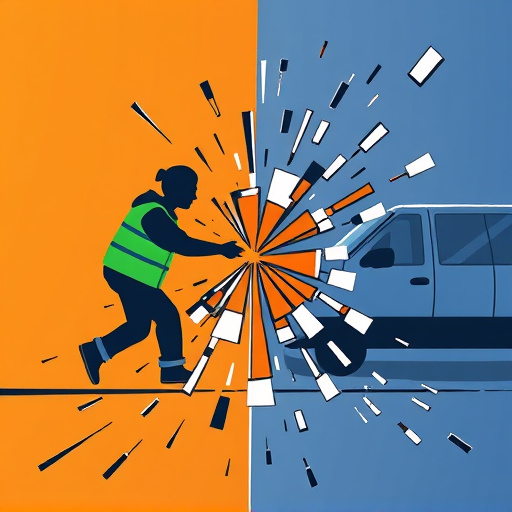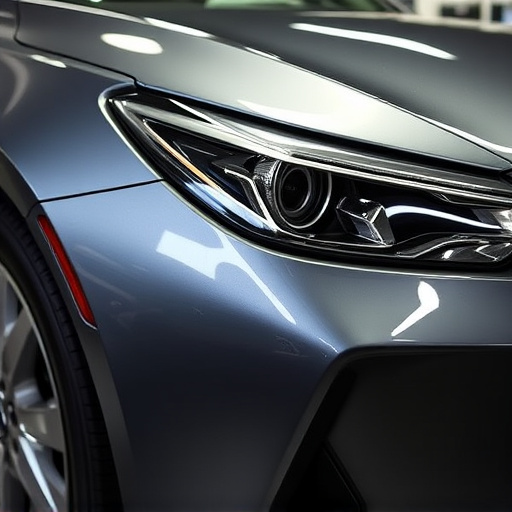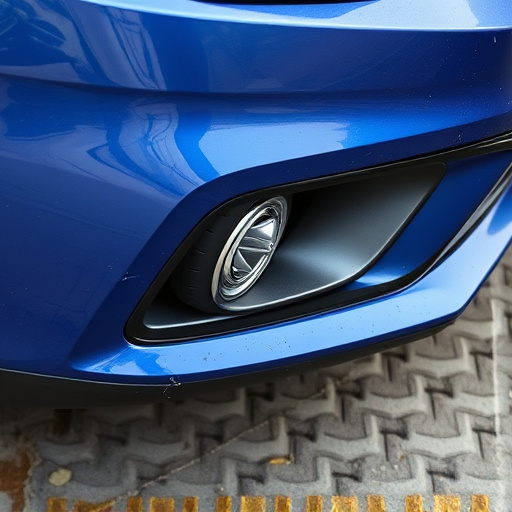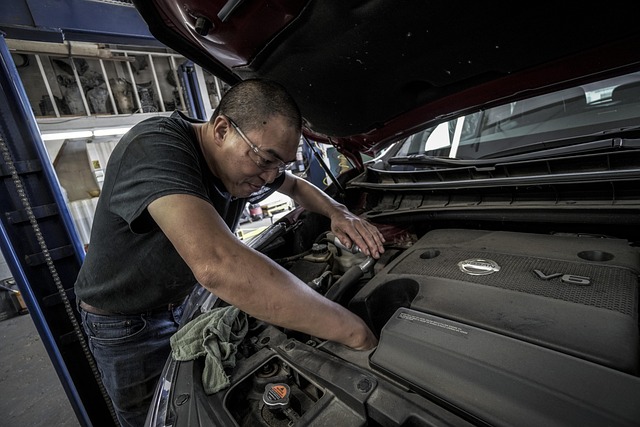Light quality and temperature are critical factors in achieving color matching excellence for auto body repair and restoration. Natural daylight is ideal for precise color matches due to its neutral nature. Artificial lighting can cause color shifts, especially in low-light conditions. Warmer temperatures enhance contrast and saturate colors, aiding accuracy, while colder temps diminish vibrancy. Humidity levels also impact paint drying, affecting color intensity and requiring professionals to consider these environmental factors for outstanding results.
Environmental conditions play a significant role in achieving precise color matching. This article explores how various elements impact the accuracy of color perception, delving into the intricate details of light’s influence, temperature’s subtle effects, and humidity’s often-overlooked role. Understanding these factors is essential for professionals aiming to maintain or enhance color matching excellence in diverse settings, ensuring visual consistency across different atmospheres.
- The Role of Light in Color Perception
- Temperature's Impact on Visual Accuracy
- Humidity and Its Unseen Effect on Matching
The Role of Light in Color Perception
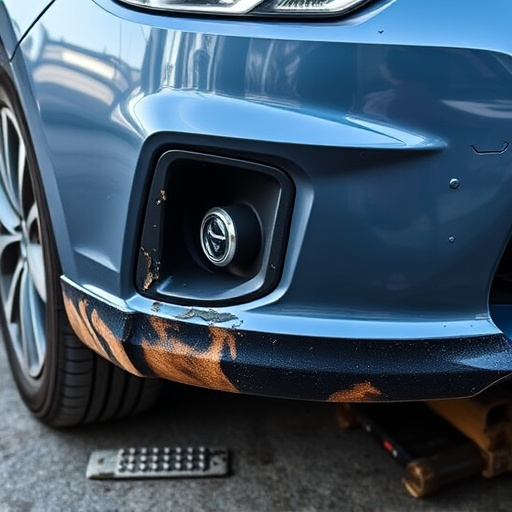
Light plays a pivotal role in our perception of color, influencing how we match and interpret hues accurately. The type and intensity of lighting can dramatically alter the appearance of colors, affecting our ability to achieve color matching excellence in various settings, including auto repair shops and classic car restoration facilities.
In an auto body shop environment, for instance, natural daylight is often considered ideal for color matching as it provides a neutral, consistent light source that closely mimics the way we perceive colors outdoors. However, artificial lighting used during evenings or in dimly lit spaces can introduce color shifts, making it more challenging to match colors precisely. Understanding these lighting dynamics is crucial for achieving superior color matching excellence, whether it’s restoring classic cars or working on modern vehicles at an auto repair shop.
Temperature's Impact on Visual Accuracy
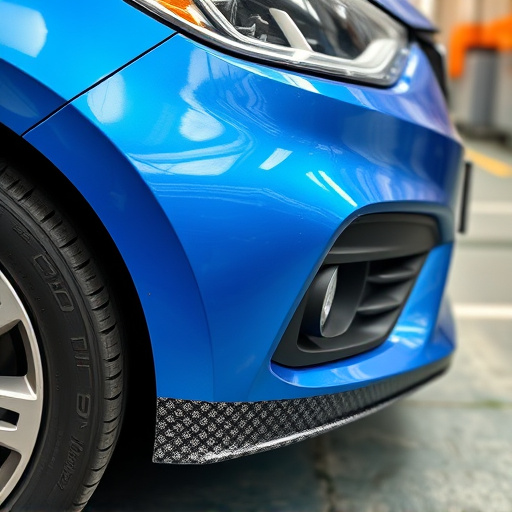
In the realm of color matching excellence, temperature plays a significant role in visual accuracy. When conducting color matching for vehicle repairs, such as those performed at an automotive collision repair center, the ambient temperature can greatly influence the perception and reproduction of colors. Warmer temperatures tend to enhance contrast and saturate colors, making it easier for technicians to accurately match shades. Conversely, colder conditions may diminish color vibrancy, potentially leading to less precise color matching.
For instance, in a bustling collision repair shop where several vehicles are being worked on simultaneously, the heat from equipment and sunlight can create microclimates that affect how colors appear. Technicians at an automotive collision repair center must be mindful of these fluctuations to ensure consistent and accurate color matching throughout the repair process. This adaptation involves adjusting lighting conditions, using standardized color samples, and employing advanced technology designed for precise temperature-compensated color analysis in vehicle repair.
Humidity and Its Unseen Effect on Matching
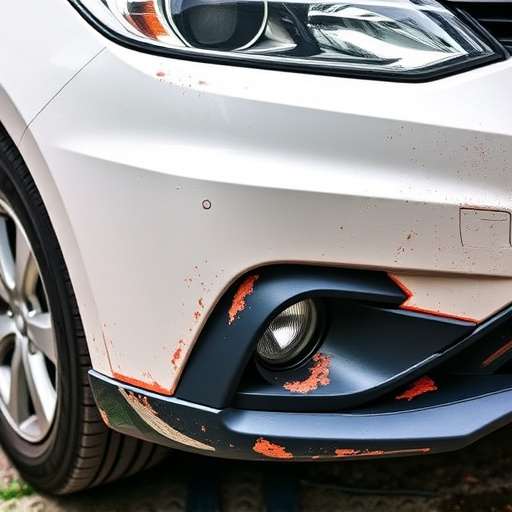
In the realm of color matching excellence, humidity often operates as an unseen yet potent variable. While it may not be immediately apparent, environmental moisture significantly influences the precision of color replication in various industries, particularly automotive sectors like fleet repair services and car bodywork services. The complex interplay between humidity and pigments is a delicate dance; high humidity levels can cause paint to dry unevenly, leading to subtle variations in color intensity and shade. This phenomenon is especially pertinent when dealing with intricate automotive body work, where meticulous color matching is paramount.
As moisture absorbs into the paint’s surface, it alters the chemical reaction during the drying process. Consequently, the final color may deviate from the intended match, resulting in a subtle yet noticeable difference. Professional technicians in fleet repair services and car bodywork services must account for these environmental factors to ensure their work aligns with the highest standards of color accuracy. Understanding and mitigating the impact of humidity is thus crucial in achieving outstanding color matching excellence in automotive restoration and customization projects.
Environmental conditions play a significant role in achieving color matching excellence. The right lighting, ideal temperature, and manageable humidity levels are key factors that influence our visual perception and accuracy. By understanding these elements, professionals can ensure more precise color matching, enhancing overall visual experience in various industries. These findings underscore the importance of considering environmental factors to optimize color consistency and quality.


